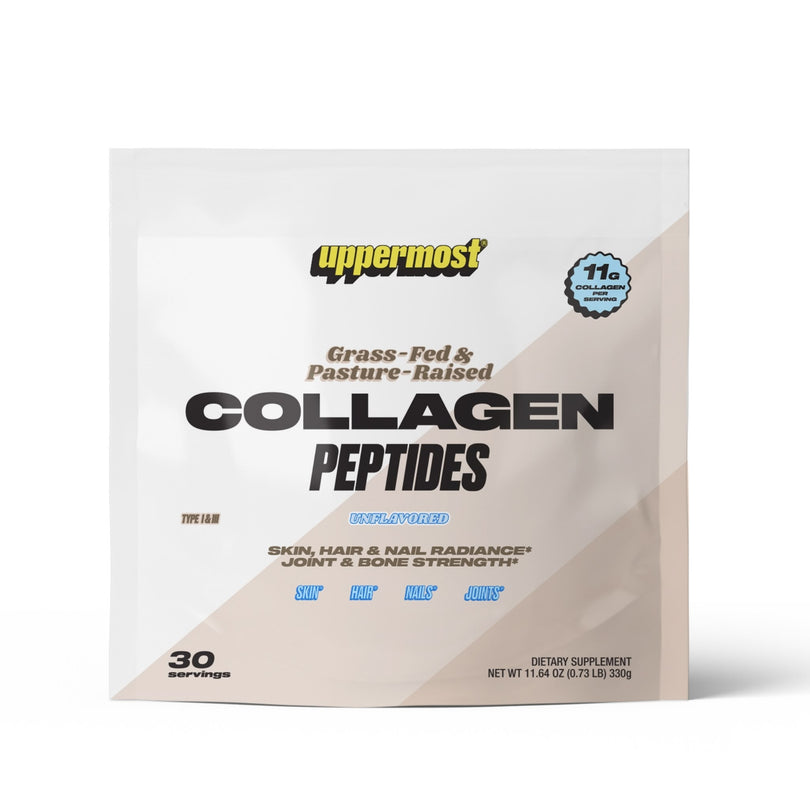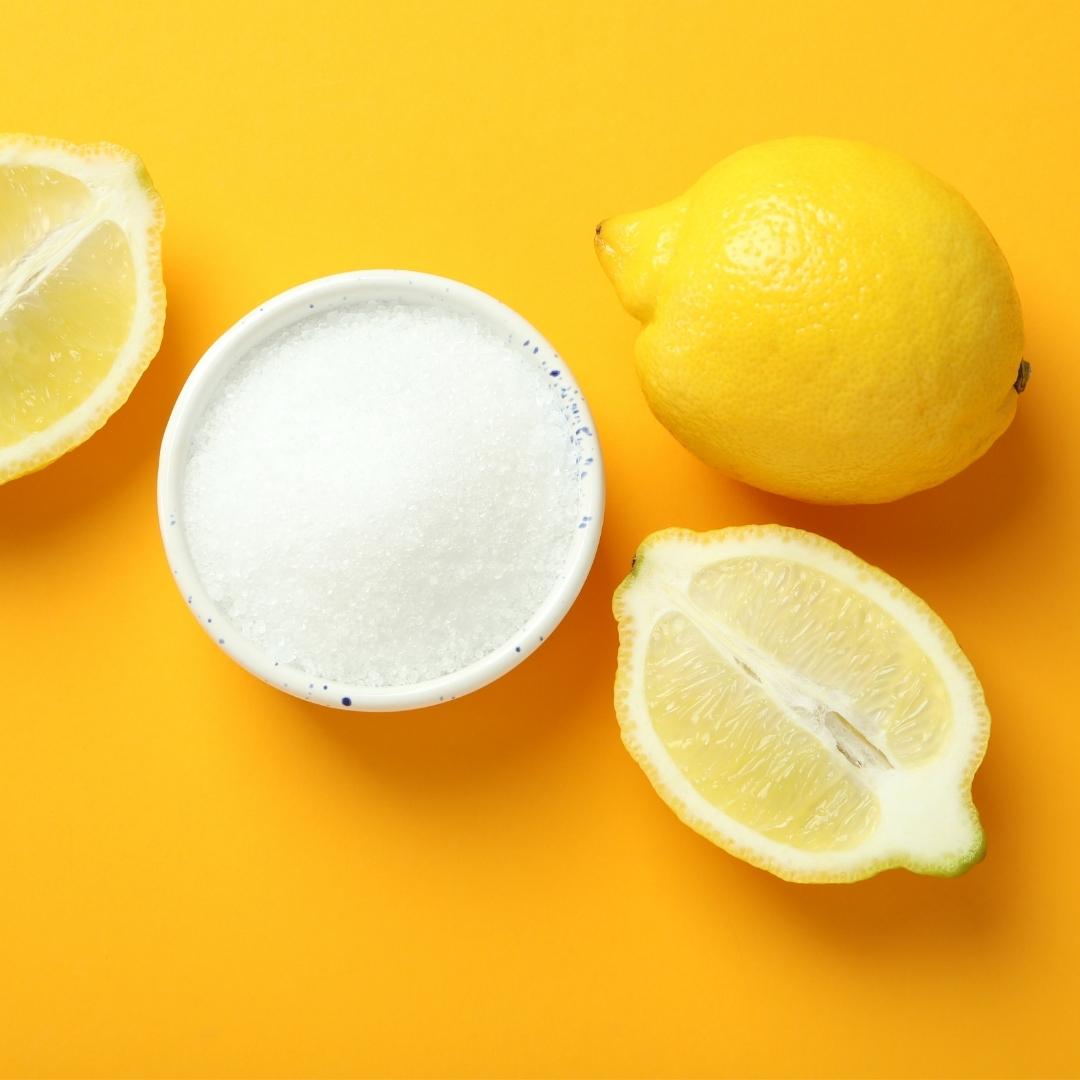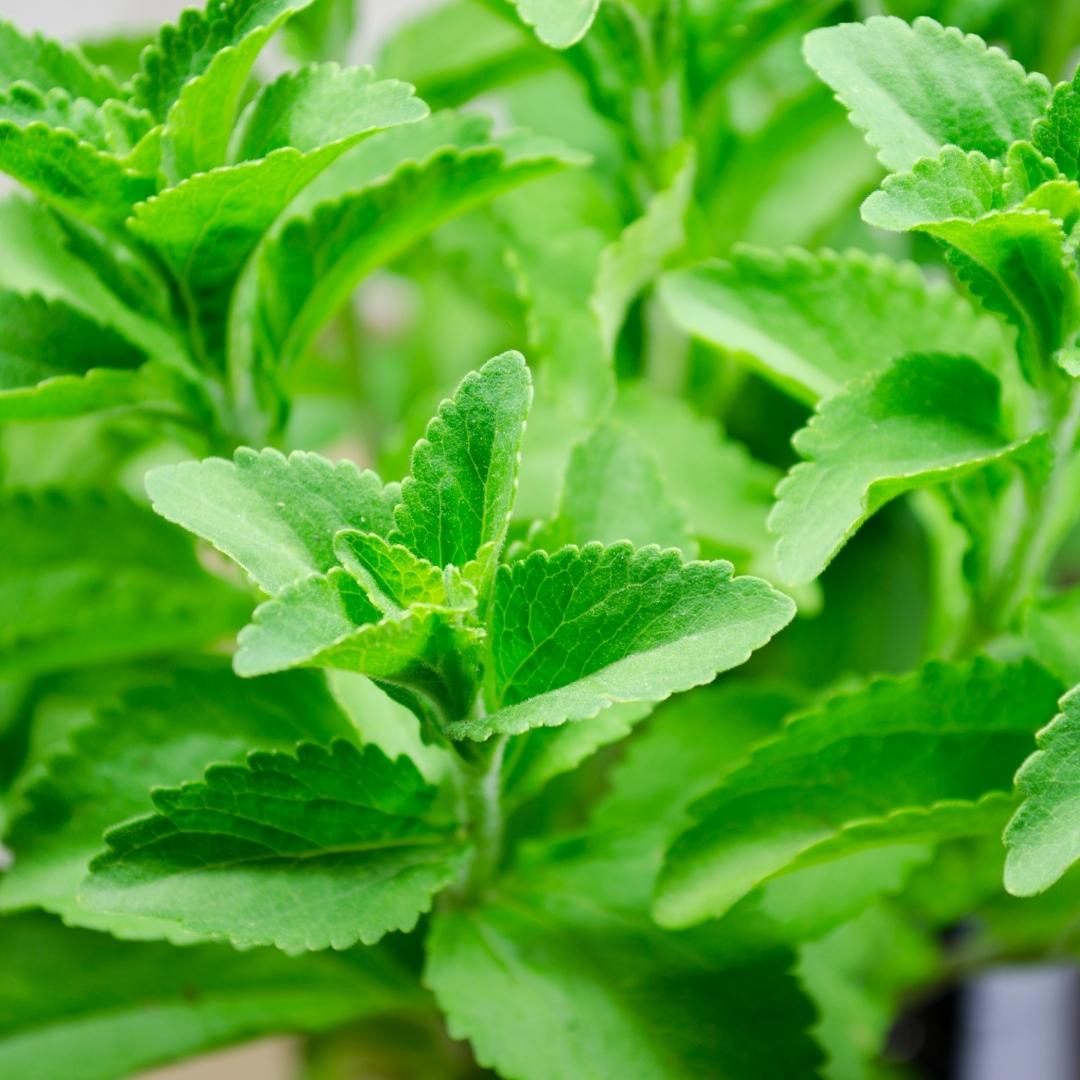Citric and malic acid are two common acids found in a variety of fruits and vegetables. Both of these acids play important roles in the taste and flavor of foods, and they have some notable differences as well.
Citric acid is a natural preservative and is commonly found in citrus fruits such as lemons, oranges, and limes. It has a tart and sour taste, which is why it is often used to add flavor to foods and drinks. Citric acid is also a popular ingredient in household cleaners and personal care products due to its ability to remove stains and inhibit the growth of bacteria.
Malic acid, on the other hand, is found in a variety of fruits, including apples, cherries, and peaches. It has a slightly sweeter taste than citric acid, and it is often used to add a fruity flavor to foods and drinks. Malic acid is also known for its ability to help soften the skin and improve its texture.
One of the main differences between citric and malic acid is their pH levels. Citric acid has a lower pH level, making it more acidic, while malic acid has a higher pH level, making it less acidic. This difference in acidity can affect how these acids react with other ingredients in a recipe, and it can also impact their health benefits.
Citric acid has been shown to have several health benefits, including helping to improve digestion and metabolism. It may also help to lower the risk of kidney stones and improve bone health. Malic acid has been shown to have some potential health benefits as well, including helping to improve oral health and reduce muscle fatigue.
In conclusion, citric and malic acid are two important acids found in a variety of fruits and vegetables. They have different tastes and pH levels, and they offer a range of health benefits. Whether you are using citric acid to add flavor to a recipe or using malic acid to improve your skin, these acids are an important part of a healthy diet.






